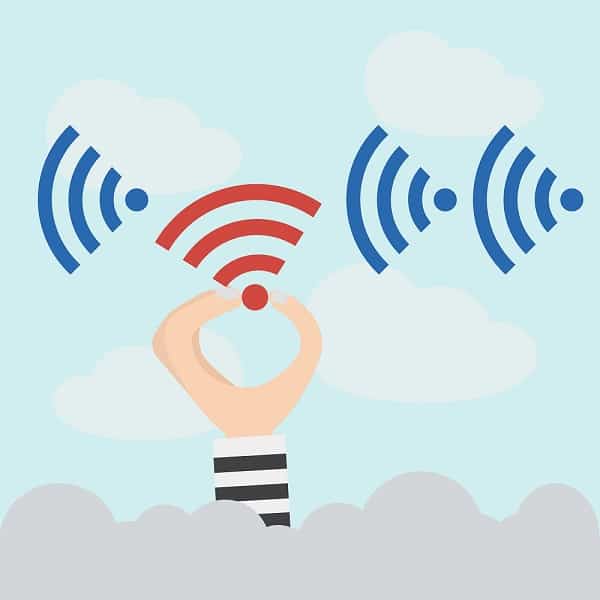
Most people use their laptop PC to locate the nearest WiFi hotspot. The most recent PCs are capable of automatically detecting a wireless connection. But what if you do not want to go through the hassle of unpacking your laptop, booting it up, logging on and then walking around with it only to find there is no wireless network connectivity in the area? This is where a WiFi sniffer can come in handy for helping you to quickly locate the nearest WiFi connection.
What is a WiFi Sniffer?
A WiFi sniffer is a portable tool for locating the nearest wireless connection. It will also help you to determine the strength of the WiFi signal and if there are multiple signals, a WiFi sniffer will prioritize the signals in terms of strength which saves the user time and frustration.
WiFi sniffers are available in different device forms and can be obtained as a standalone device or in the form of software add-ons that integrate with your wireless mobile device. The add-ons are usually available through your mobile device carrier and the standalone WiFi sniffers are available at any PC or electronics retail outlet.
WiFi sniffers support every type of wireless network card and contain a Prism2 driver that helps you determine the signal strength. WiFi sniffers are created with C++ programming and work with an “n-tier” construction in which the collection of data is located at the lowest tier working up to the highest tier where the user interface is located.
How a WiFi Sniffer Works
It is fairly easy to use a WiFi sniffer and does not require a lot of technical knowledge. If you are using the standalone device which is small and portable, all you have to do is point it in any direction where you want to locate a wireless network and then push and hold down the main button. This will activate the device while displaying lights that rotate while the device is searching for a signal. When a wireless signal is located the light will become steady which indicates that it has found a wireless network within a 300 foot range of your device.
If a signal is not located the lights will continue to rotate and it may be necessary to try another direction. You may also be required to adjust the antenna if you are in a location where the wireless signal is weak. WiFi sniffers that work as add-ons to your mobile device also work in a similar fashion to the standalone device however they vary in function according to the type of mobile device that you are using.
WiFi Sniffer Features
Like any other type of wireless device on the market there are several different brands of WiFi sniffers with features that vary according to the device model. Some of the features you should look for in a quality WiFi sniffer include a device that is capable of getting around other interferences such as cell phones, Bluetooth devices, and microwave ovens. The higher quality units will be capable of capturing a wireless signal regardless of your surroundings.
The best type of WiFi sniffer typically functions on 2.4GHz and is capable of detecting WiFi signals for 802.11b and 802.11b/g. It should be portable and convenient and easily transported in your pocket or laptop case.
WiFi sniffers containing the above features are also a handy tool for home use. If you are installing a home office or Internet-ready devices, a WiFi sniffer can help you find the locations in your home where the wireless signal is the strongest to allow you to maximize the signal capabilities.
Isn’t a WiFi Sniffer Illegal?
No. Locating a wireless network with a WiFi sniffer is simply known as stumbling which is much different than wireless sniffing. A WiFi sniffer is specifically used to located the nearest available wireless connection but is incapable of connecting to the network. Wireless sniffing involves eavesdropping on activity within wireless networks and is specifically designed to intrude on a network. The former is legal where the latter is not, especially when used to commit a criminal act.
On the other hand, wireless sniffing is completely legal when it is used by IT personnel to monitor network intrusions on a corporate or government infrastructure. This is known as intrusion detection and is used to keep critical data secure from hackers and network criminals by monitoring the information packets that are transmitted over a network.
There are a few companies that have banned users from using WiFi sniffers that scan for wireless networks at random. Instead companies deploy applications that are directory-based and are authorized for use by mobile workers and others.
Hopefully, this information will help you to better understand WiFi sniffers and the purposes that they serve. In a nutshell, they will help you save time, frustration, and maximize your home wireless signal as well.